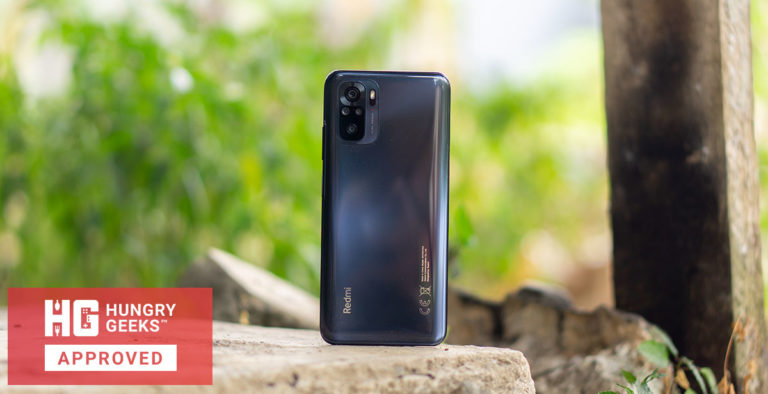
Known for releasing well-rounded smartphones with a decent price, Xiaomi is once again challenging the sub-PhP 10,000 market with the Redmi Note 10. Packing decent specifications topped off by an AMOLED display, will the Redmi Note 10 be more attractive than current offerings in its price point?

| Chipset | Qualcomm Snapdragon 678 |
| Screen | 6.43-inch AMOLED, 2400 x 1080, Gorilla Glass 3 |
| RAM | 4GB, 6GB LPDDR4X |
| OS | Android 11 with MIUI 12 |
| Rear Camera | 48MP f/1.8 Main, 8MP f/2.2 Ultrawide, 2MP f/2.4 Macro, 2MP f/2.4 Depth |
| Front Camera | 13MP f/2.5 |
| Storage | 64GB, 128GB UFS 2.2 |
| Network | Dual-SIM, 4G LTE |
| Connectivity | Dual-Band WiFi 802.11ac, Bluetooth 5.0, NFC, IR Blaster, USB Type-C |
| Battery | 5,000mAh, 33W Fast Charging |
| Others | Side-Mounted Fingerprint Sensor, AI Face Unlock |
| Colors | Onyx Gray, Pebble White, Lake Green |
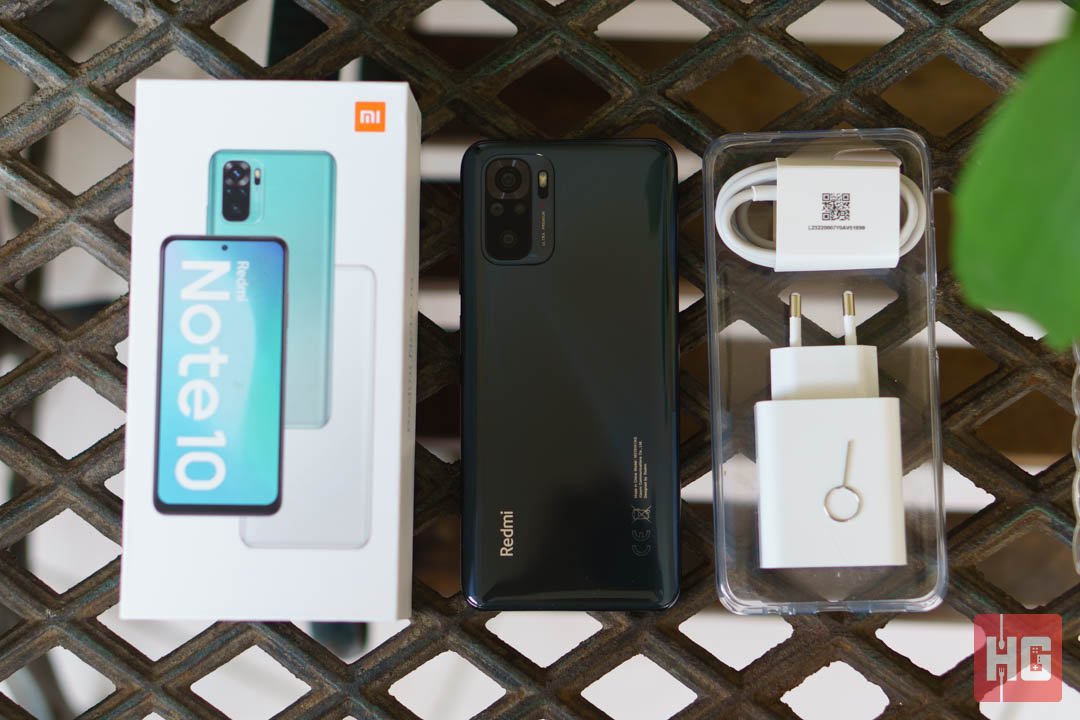
The Redmi Note 10 comes in a fairly nondescript white box that houses all the basic necessities that you need for the device. Inside are the smartphone itself, a silicone case, a SIM pin ejector, a USB Type-C cable, and a 33W wall adapter. Not much in the way of accessories like earphones but should suffice for most users.
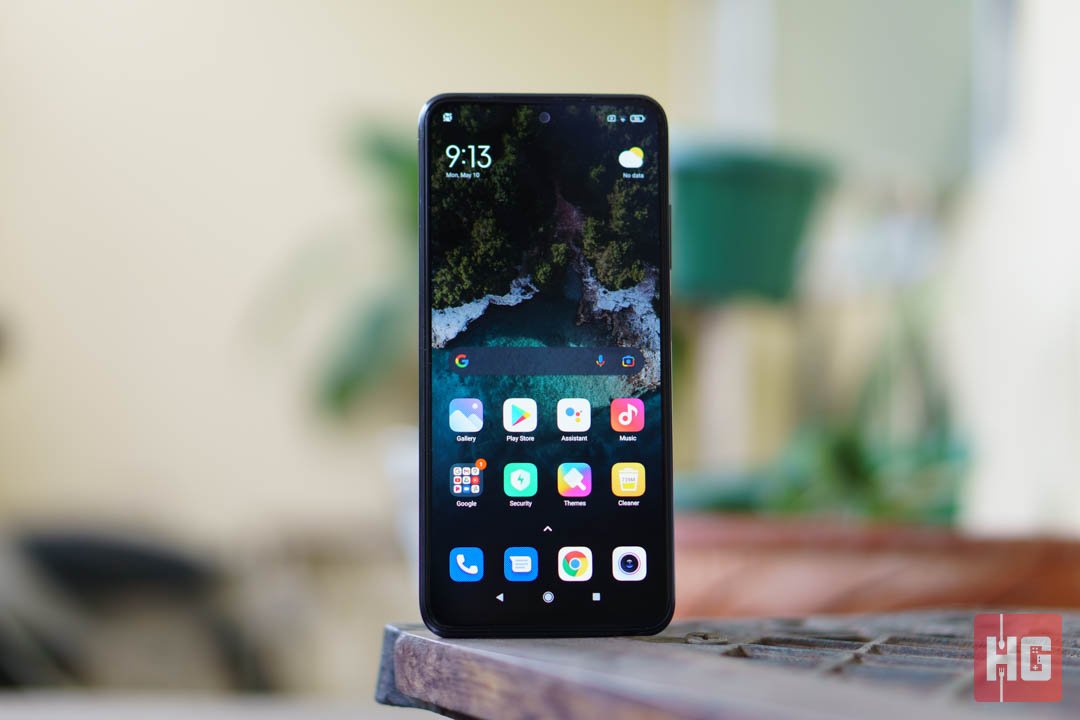
Most smartphones in the sub-PhP 10,000 range come with an IPS display. Not so with the Redmi Note 10, as it comes with a 6.43-inch 2400 x 1080 AMOLED screen. Thanks to the slightly smaller screen and FullHD+ resolution, details are incredibly apparent on the display while text don’t have any aliasing to say the least.

The AMOLED display also delivers a good viewing experience due to the repoduction deep blacks and well-saturated colors. It is definitely a step up from the IPS displays that commonly litter the sub-PhP 10,000 price range.
Surprisingly, the Redmi Note 10 comes with dual speakers. The bottom produces much of the loudness while the top pales in the volume department. It’s an odd mix but it does perform quite decently with good highs and mid-tones but soundstage is tight and bass lacks punch. Not too bad for a speaker system at its price point.

Available in Onyx Gray, Pebble White, and Lake Green, the Xiaomi Redmi Note 10 is fairly simple in terms of looks and design. There’s minimal in the way of histrionics and it sticks to a uniform color – in this case a deep gray – with a reflective finish. The camera bump and the Redmi logo stay out of the way for uniformity being located at the top left and bottom left, respectively.
The reflective finish does come with a few downsides despite its rather premium look. Dust, fingerprint, and smudges will show themselves immediately once the smartphone is held without a case. It’s not as bad as other smartphones in the market but it is annoying especially if you want a clean-looking smartphone at all times.

Its sides are curved with a slight taper for the display. It feels comfortable to the hand with any edges jutting out. It also feels rather solid with minimal flex if held tightly. All its buttons are located at the right-hand side for easier one-handed operation.
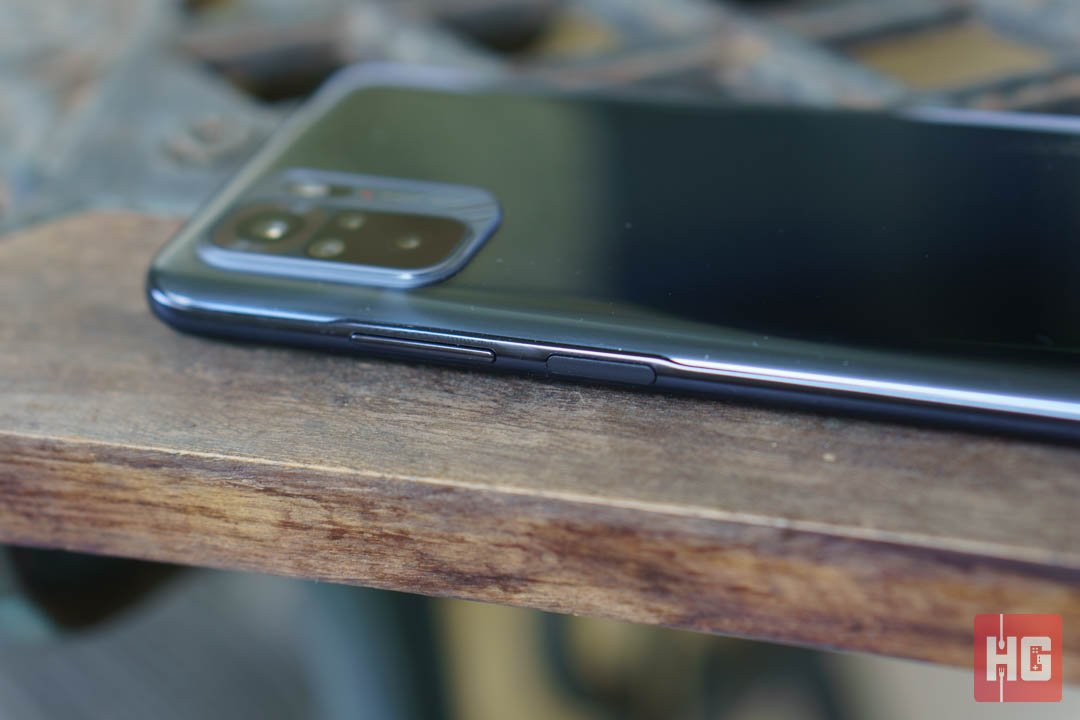
The power button is slightly more recessed that the volume rocker but you can’t mistake its feel if you are just touching it. It also integrates the fingerprint scanner, which in our experience, was fast and accurate and have not had any significant amount of false readings.
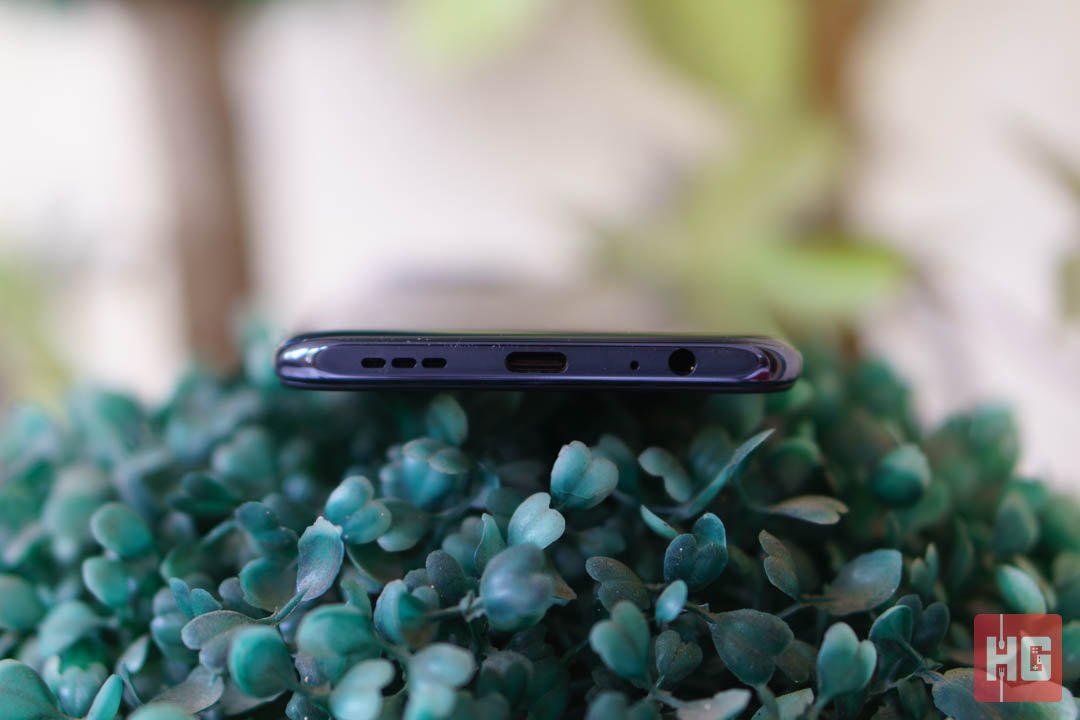
The bottom houses a simple set of ports including its USB Type-C port that supports 33W Fast Charging as well as a 3.5mm audio jack. Nothing too out of the ordinary here but should suffice every user nonetheless.
The Redmi Note 10 runs on Android 11 with Xiaomi’s custom MIUI 12 on top. It largely sticks to a stock Android experience with a few exceptions. It now separates the notification tabs and control center by swiping on the left or right-hand side of the top of the screen, respectively. You can also revert to the traditional combined notification/control pull down tab via the settings menu.
Standard options supported by the Android platform are here too like multi-window support, floating windows, app drawer, and theme customization. The smartphone does have an AMOLED screen, which means there is an option for an always-on display. You also get a Second Space option that essentially acts as a secondary partition for the smartphone for private photos and data.

Game optimization is handled by the system’s Game Turbo mode. Like most game modes in Android smartphones, this purges background apps to dedicate more system resources to games. This also allows for notification management and system monitoring.
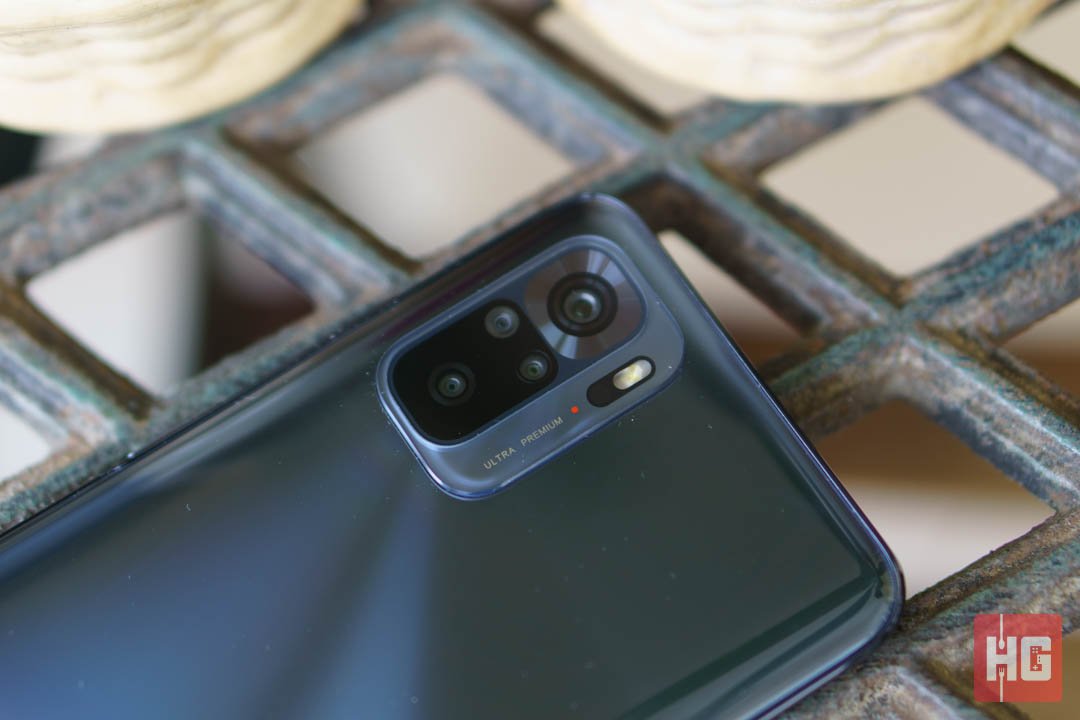
A quad camera setup composed of a 48MP f/1.8 main lens, 8MP f/2.2 ultrawide, and two 2MP f/2.4 shooters for depth and macro resides at the back of the Redmi Note 10.
The camera app has all of the basic options like Photo, Video, Pro, Portrait, Night, Panorama, Slow Motion, Time-Lapse, and Document modes. It also has access to a 48MP mode and a 15-second Short Video mode, the latter of which seems to be geared for short-form videos like in TikTok or Instagram.
At the forefront of its rear quad cameras is a 48MP f/1.8 main lens. It takes 12MP photos by default and needs to be shot on 48MP mode to get its full resolution. Shots taken by the main camera are sharp, detailed, and well-saturated. It can also produce decent shots in dimly lit environments with good contrast but there is a noticeable increase in noise.
The 8MP f/2.2 ultrawide share the same traits as the main camera allowing for detailed shots with good contrast and color in good lighting conditions. Noise remain apparent in dark areas but the distortion at the sides are kept to a relative minimum.
The two auxiliary 2MPf/2.4 lenses for macro and depth are pretty okay but not particularly game changing. Portrait mode produces good separation from the subject and the background while the macro lens can take incredibly close up shots but loses a bit of detail due to its low pixel count.
The Redmi Note 10’s punch-hole display houses a 13MP f/2.5 that can take great selfies. There is a bit of adjustment needed since it seems that the smartphone automatically turns on smoothing on its beautification settings by default. It’s slightly aggressive and can lead to unnaturally smooth photos.
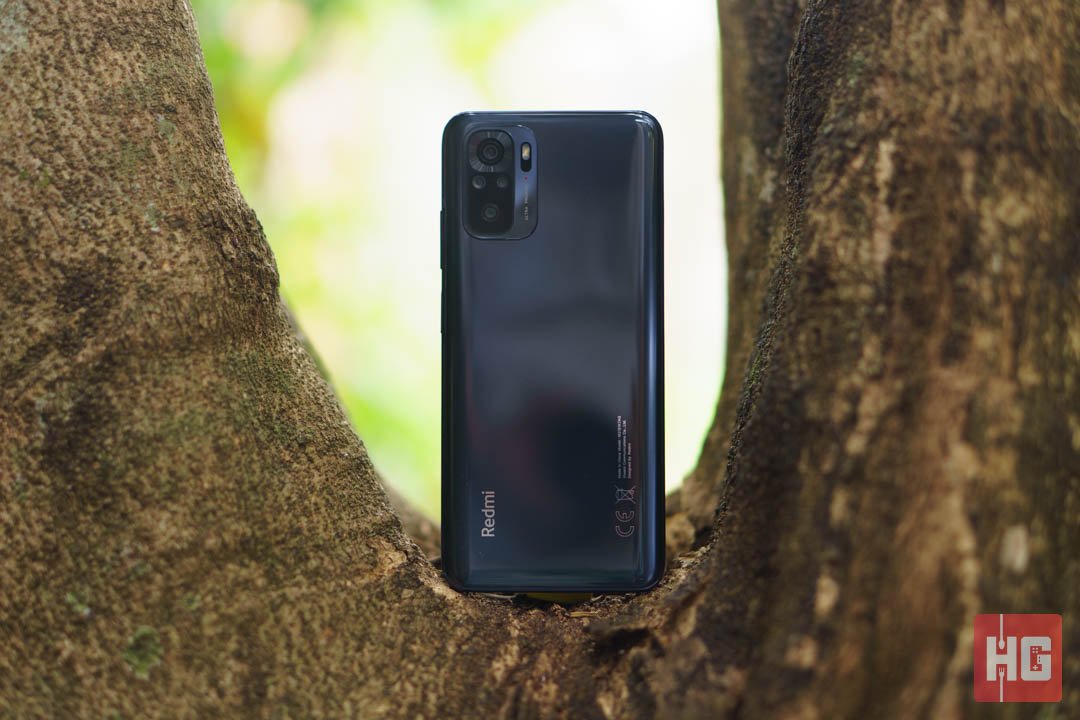
The Redmi Note 10 is powered by a Qualcomm Snapdragon 678 with up to 6GB of RAM and up to 128GB of internal storage. For this review, we received the 6GB/128GB variant which allowed for more files to store and more RAM for applications and background processes.
There’s minimal dip in performance when it comes to daily usage with the Redmi Note 10. Benchmarks also show that the device is fairly fast reaching around the 230,000 mark in AnTuTu, 7,000 in PCMark Work 2.0, and 1,685 in GeekBench 5 multi-core test.

The smartphone also works great with most games in available in the Play Store. By default, you will have access to higher settings and 60Hz refresh rate for games that support it. Framerates are fairly consistent but there are some odd dips here and there occasionally.
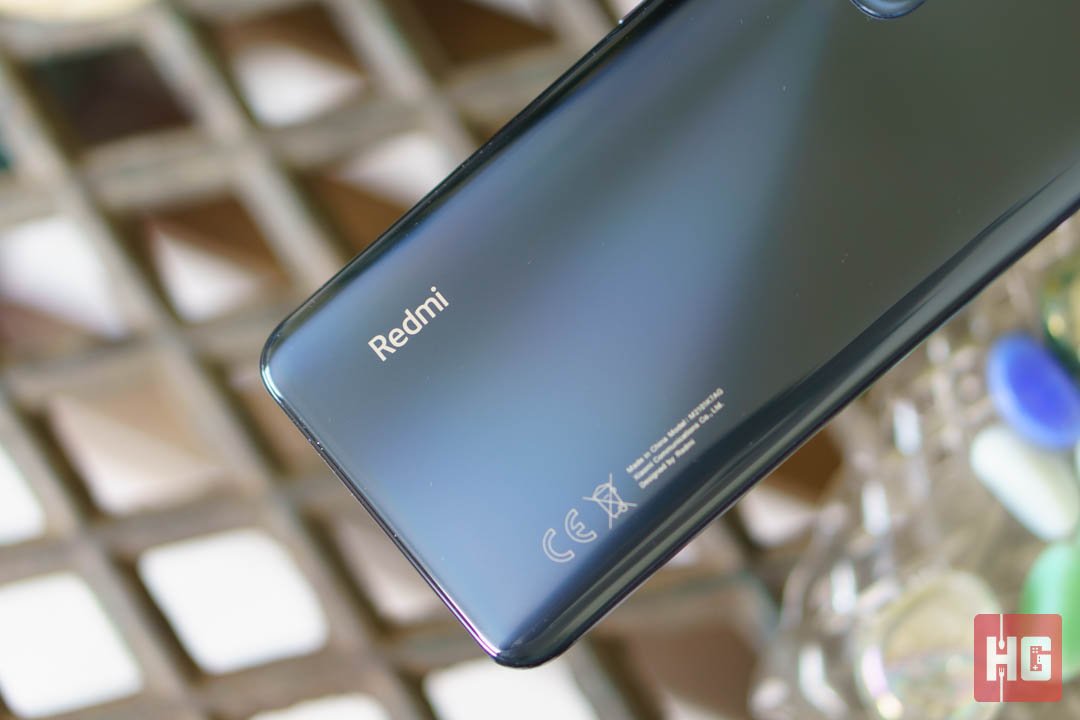
Xiaomi’s Redmi Note 10 runs on a 5,000mAh battery. It’s not as large as other smartphones in the market, but it can last a long time with it. Using the device as our daily driver with work, emails, watching videos, and a bit of gaming willow the device to easily last until the next day.
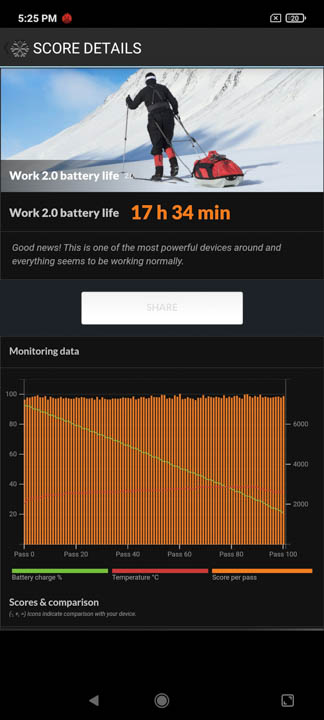
Running PCMark Work 2.0 battery loop test at medium brightness and volume yields 17 hours and 34 minutes of usage. Again, not as long as other devices but it should suffice for most smartphone users in the market.
Charging is done via a USB Type-C connection that supports 33W Fast Charging. The 5,000mAh battery reserves should be full from completely empty in just around 1 hour and 20 minutes.
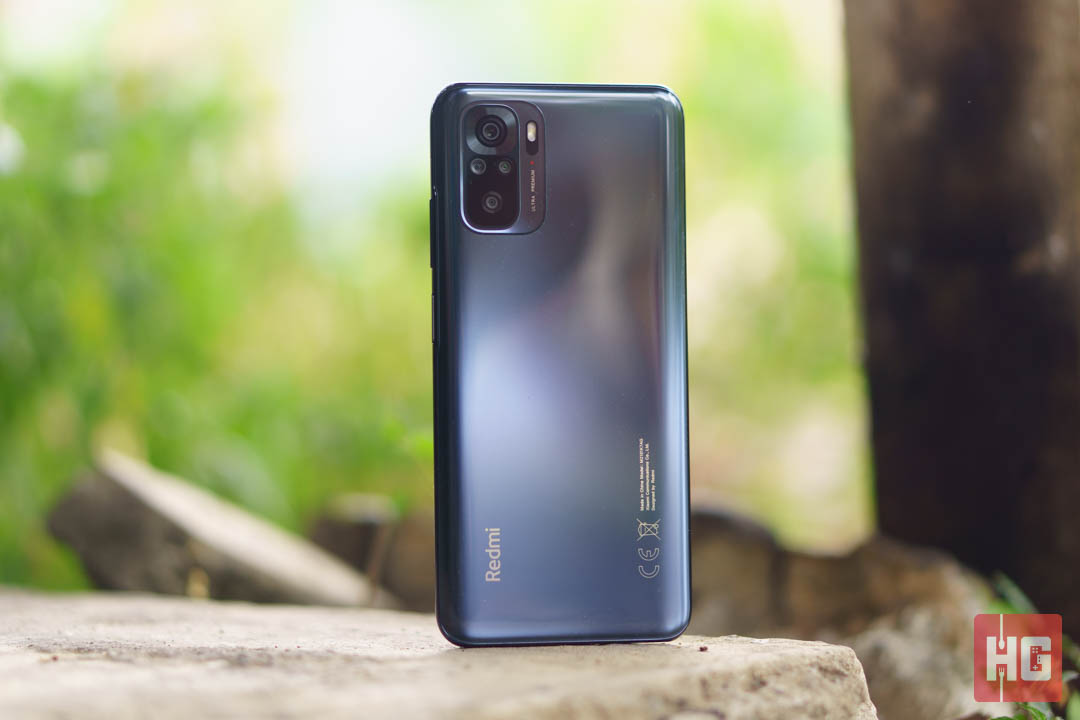
Xiaomi has always been well-known to deliver smartphones that punches above its price category, and that is still true with the Redmi Note 10. At PhP 9,990 (PhP 8,490 for the 4GB/64GB model), the Xiaomi Redmi Note 10 delivers a complete experience with its great performance, the ability to capture great stills, fast charging, and long battery life as well as the addition of a FullHD+ AMOLED display.

There is very minimal in the way of downsides aside from nitpicking. The design might be a bit plain for some and its 2MP f/2.4 macro lens can be a bit lackluster but aside from these things, the Redmi Note 10 delivers a complete smartphone experience without breaking the bank. With all these reasons in mind, we don’t have any hesitations in giving the device our seal of approval.
